Scientists analyzed the results of a stellar occultation when Pluto passed in front of a distant star and found that Pluto’s atmosphere is freezing to the surface as the planet moves away from the Sun. Plus, an interview with Dr. Kat Volk regarding Transneptunian space and the possibility of Planet 9.
Podcast
Show Notes
A comet hides in the asteroid belt
- PSI press release
Solar system delivers metal-rich rocks to region of Earth
- PSI press release
- “Physical Characterization of Metal-rich Near-Earth Asteroids 6178 (1986 DA) and 2016 ED85,” Juan A. Sanchez et al., 2021 October 1, The Planetary Science Journal
Mars hides behind the Sun, silencing spacecraft
- Mars in our Night Sky (NASA)
Pluto’s atmosphere freezing out as Pluto moves away
- SwRI press release
New review of transneptunian space published
- “Transneptunian Space,” Brett Gladman and Kathryn Volk, 2021 September, Annual Review of Astronomy and Astrophysics
Transcript
Hello and welcome to the Daily Space. I am your host Dr. Pamela Gay.
And I am your host Beth Johnson.
And we are here to put science in your brain.
Later on in the show, we’ll be talking to Dr. Kat Volk from the University of Arizona Lunar and Planetary Laboratory who, along with Dr. Brett Gladman from the University of British Columbia, wrote an extensive review article on transneptunian space. Just how many planets are out there anyway? But first, the news.
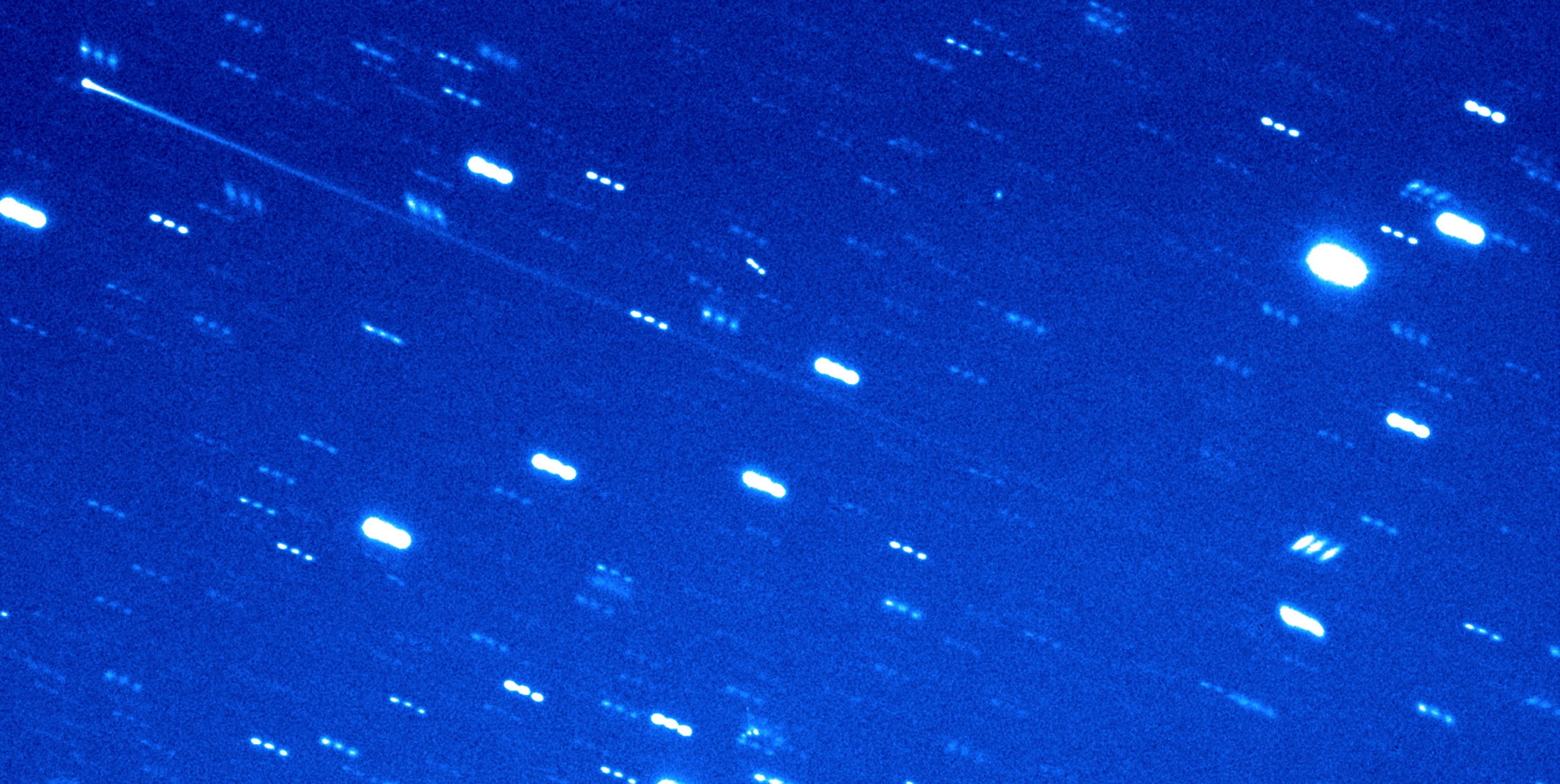
It is finally October, and here around Daily Space, that means all our attention has turned to two very important things: the CosmoQuest Hangout-a-thon on October 23-24, and then our favorite holiday of the year – Halloween. This year I’ll be handing out candy dressed as a Walrus, and it turns out one particular comet has decided to dress up as an asteroid, not just for Halloween, but perhaps for the rest of time.
When we were little, most of us learned that icy comets originate in the outer solar system and orbit on long elliptical paths that carry them back and forth between the outer and inner solar system. While this is true, the story ends too soon and misses out on two important possibilities.
Comets can, and often do, self-destruct by either plunging into the Sun or falling apart when they get too close. Comets can also go into hiding, and if they interact with other objects just right, they can even go into hiding in the asteroid belt. In July 2021, the ATLAS survey spotted asteroid belt object 2005 QN137 growing a tail, which is not exactly something a rocky asteroid should do. Further study revealed that this QN137 is actually a comet.
This discovery was announced at this week’s Division for Planetary Sciences meeting by Henry Hsieh, one of our colleagues at the Planetary Science Institute (PSI). He explains: [QN137] fits the physical definitions of a comet, in that it is likely icy and is ejecting dust into space, even though it also has the orbit of an asteroid. This duality and blurring of the boundary between what were previously thought to be two completely separate types of objects – asteroids and comets – is a key part of what makes these objects so interesting.
Only about 20 main-belt comets have been discovered so far.
While its orbit keeps it within the main belt of asteroids between Mars and Jupiter, it does change in distance from the Sun during this orbit, and researchers believe that with every orbit it may become active and grow a tail.
This is your friendly reminder that things in our solar system did not start out in their current locations, and you can’t judge anyone or anything by first impressions.
Lesson learned: asteroids come in rocky, metal, and actually comets. Alrighty then.
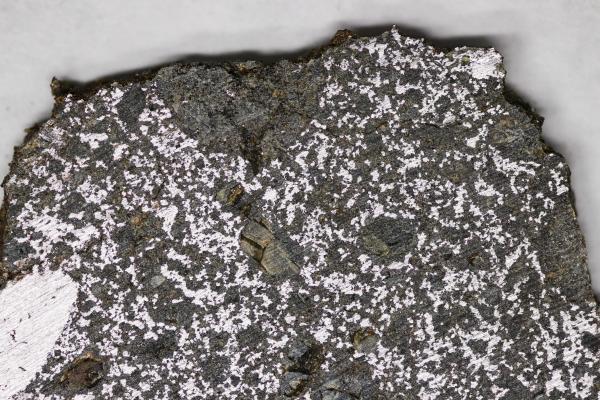
Let’s face it, our solar system is a messy place. The gravity of Jupiter has a nasty habit of flinging things in all directions, and multiple interactions between a space rock and planets and other small objects can lead to something migrating all the way in toward Earth.
There is a class of objects called Near-Earth Asteroids or Near-Earth Objects (NEOs) that have orbits that cross Earth’s orbit. This doesn’t mean they are going to hit us, and when I say “cross Earth’s orbit”, I don’t mean the orbits intersect. That crossing could be above or below our position, allowing us to get close but never actually collide. These NEOs include rocky objects like Bennu and Ryugu, and also metal-rich objects that some folks would like to one day mine.
New observations of two NEOs show that asteroids 1986 DA and 2016 ED85 are about 85% metal and 15% pyroxene. This work is published in the Planetary Science Journal and was led by another PSI researcher, Juan Sanchez.
Like that main-belt comet, these space rocks did not start where they are now. According to Sanchez: Analysis of their orbits allows us to trace their origin to a region in the outer asteroid belt where the largest metal-rich asteroids reside.
If you have a metal meteorite in your knickknack collection, it too started in the outer asteroid belt… probably.
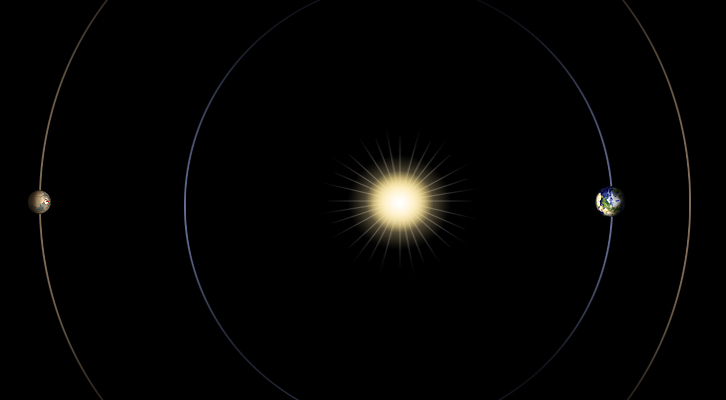
If it feels like we are bringing you a lot of rocks and ice today, it’s because we are. For the next couple of weeks, we aren’t going to have any new news from one of our favorite planets to cover: Mars.
If you could look down on our solar system from above, you’d be able to currently see the Earth and Mars forming a line with the Sun. This particular geometry, called conjunction, kills our ability to communicate with our small fleet of missions at Mars. The Sun will effectively block communications with the red planet from October 2 to October 14. This particular alignment occurs roughly every two years, and this is the time that you’ll see folks who handle the Mars missions enjoying some much-deserved time off. We hope they are having a relaxing couple of weeks and look forward to seeing the data they get when Mars reaches the other side of the Sun.
Folks who study nearby rocky worlds and other small bodies in our solar system are kind of lucky; we have a regular rain of space rocks falling to our planet’s surface, and some of these rocks are actually pieces of other worlds that were ejected and sent our way during asteroid impacts.
For folks who study other objects just have to make do with what we can do with massive telescopes and the random space probe. Pluto in particular is annoying. It appears to be only a few pixels across in even our best telescopes, and thanks to New Horizons, we know it is a gloriously complex world with a thin atmosphere we’d love to study.
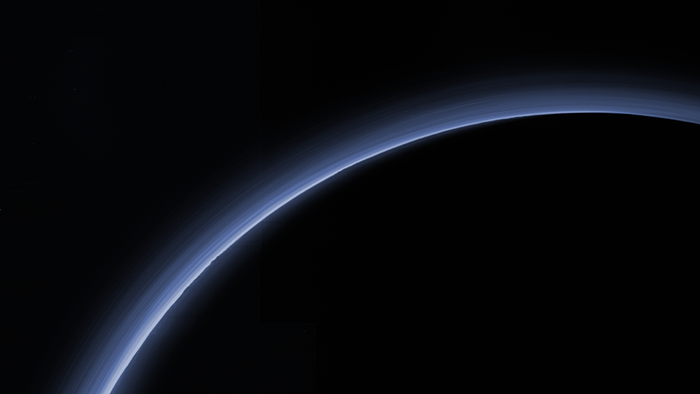
And when scientists really, really want to study something, they will find a way.
To study Pluto’s atmosphere, researchers sorted where they needed to put telescopes on the planet Earth to observe Pluto pass in front of a star. This kind of alignment is fairly rare, but in newly published data, researchers reveal that during one such occultation in August 2018, they were able to see a star pass behind Pluto’s atmosphere prior to going behind the planet, and that atmosphere is thinner now than it was back in 2015 when New Horizons flew past Pluto.
This thinner atmosphere is consistent with theory; Pluto changes its distance from the Sun during its 248-year orbit and moves from closer to the Earth than Neptune to much further away. When closer, it is warmed and grows a thin atmosphere, and as it moves away, its atmosphere freezes out and falls to the Plutonian surface.
The thickest and thinnest times for the atmosphere don’t align with its closest and furthest points in orbit but actually lag. As described by co-author Leslie Young: “An analogy to this is the way the Sun heats up sand on a beach. Sunlight is most intense at high noon, but the sand then continues soaking up the heat over the course of the afternoon, so it is hottest in late afternoon. The continued persistence of Pluto’s atmosphere suggests that nitrogen ice reservoirs on Pluto’s surface were kept warm by stored heat under the surface. The new data suggests they are starting to cool.
Along with seeing the star’s light pass through the atmosphere and disappear behind the planet, some observers also saw a bright flash when Pluto was directly in front of the star. These folks were positioned so the star was nearly centered behind Pluto, and the flash came from light being bent through Pluto’s atmosphere toward our world. This flash provides highly accurate measures of Pluto’s position in the sky and allows for detailed monitoring of its orbit.
This work was presented by Eliot Young during this week’s DPS conference. Young explains: Scientists have used occultations to monitor changes in Pluto’s atmosphere since 1988.
Observing occultations is almost a sport for some observers. The entire event lasts only two minutes, and only people in just the right places will see the needed alignment. Planetary scientists are known to travel, large telescopes in hand, across continents to see these events. When clouds happen, that’s it. There is no do-over. For the rare Pluto occultations, multiple years of coordination will occur to distribute telescopes and observers through the entire line of occultation in hopes that at least a few will have a clear view of the flickering light.
Interview
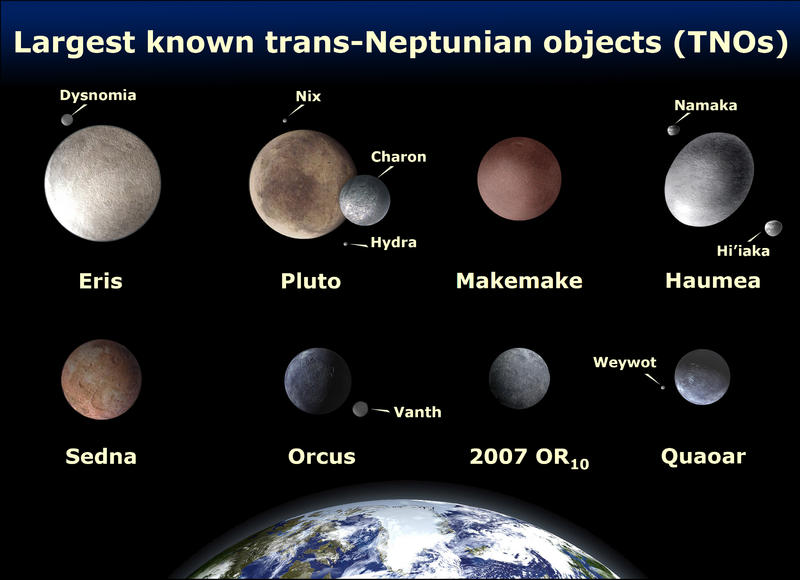
Joining me now is Dr. Kat Volk from the University of Arizona Lunar and Planetary Laboratory. Dr. Volk is the co-author of a recent review paper that covers transneptunian space. This paper looks at what we know about transneptunian objects (TNOs), what scientists are currently looking for in transneptunian space, or what we tend to call the Kuiper Belt and some possibilities for areas of research into the origin of TNOs and their orbits.
Welcome, Dr. Volk, and thank you for joining us.
[No transcript available.]
This has been the Daily Space.
You can find more information on all our stories, including images, at DailySpace.org. As always, we’re here thanks to the donations of people like you. If you like our content, please consider joining our Patreon at Patreon.com/CosmoQuestX.
Credits
Written by Pamela Gay and Beth Johnson
Hosted by Pamela Gay and Beth Johnson
Audio and Video Editing by Ally Pelphrey
Content Editing by Beth Johnson
Intro and Outro music by Kevin MacLeod, https://incompetech.com/music/


 We record most shows live, on Twitch. Follow us today to get alerts when we go live.
We record most shows live, on Twitch. Follow us today to get alerts when we go live.